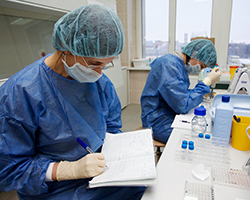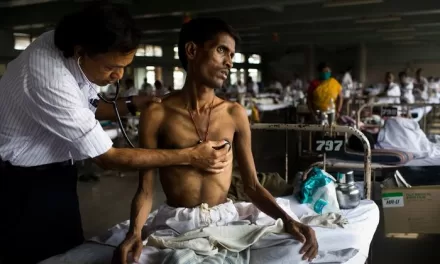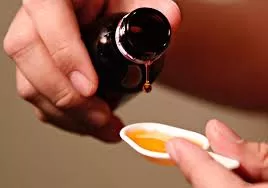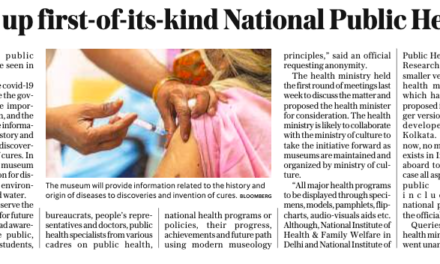
Date: January 18, 2024
In a groundbreaking development, researchers from Osaka University have identified a novel treatment strategy for cytokine storms, a severe inflammatory syndrome triggered by infections or severe burns. This syndrome, also known as cytokine release syndrome (CRS), results from an overproduction of cytokines—chemical messengers essential for immune system function. The imbalance caused during a cytokine storm can lead to life-threatening inflammation.
Central to the study is Interleukin-6 (IL-6), a crucial cytokine that exacerbates inflammation during a cytokine storm. IL-6 binds to receptors inside cells, instructing them to propagate inflammation. While therapies inhibiting the IL-6 signal exist, they often have long-lasting effects and can lead to adverse consequences.
Published in the Proceedings of the National Academy of Sciences (PNAS), the Osaka University researchers introduced a groundbreaking strategy to suppress IL-6 signals while mitigating treatment-related negative effects. Their approach involved utilizing an antibody that briefly inhibits the IL-6 receptor, providing a temporary pause in the inflammatory signal. This brief interruption proved effective in protecting tissues from cytokine storms induced by conditions such as sepsis or severe burns.
Lead author Sujin Kang highlighted the significance of their findings, stating, “Our results suggest that CRS can be treated with an IL-6 receptor antibody that has a short half-life. This can prevent vascular damage and, at the same time, reduce the side effects associated with blocking IL-6.”
Vascular damage, a common consequence of infections or burns, occurs when cells lining the inner surface of blood vessels become leaky, triggering a cytokine storm. The research team identified a potential mechanism for this damage—IL-6 binding to its receptor activates a protein called hypoxia-inducible factor-1a (HIF1a), amplifying inflammation.
Senior author Tadamitsu Kishimoto explained, “We found that blocking the IL-6R-HIF1a signal strengthened vascular endothelial cells and improved vessel integrity. This helped prevent leakage from the vessels and relieved the inflammation caused by CRS. We hope this will aid patients suffering from CRS and other inflammatory diseases in the future.”
The discovery of a treatment strategy that addresses cytokine storms while minimizing adverse effects represents a significant leap forward in the field of inflammatory disease research. The Osaka University researchers’ findings pave the way for potential breakthroughs in treating not only cytokine storms but also other related inflammatory conditions.










